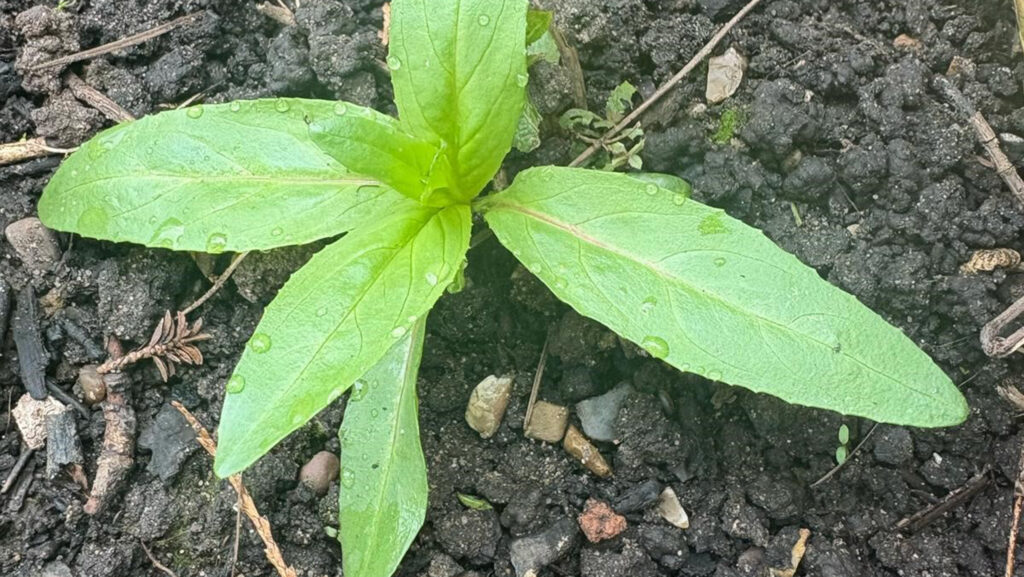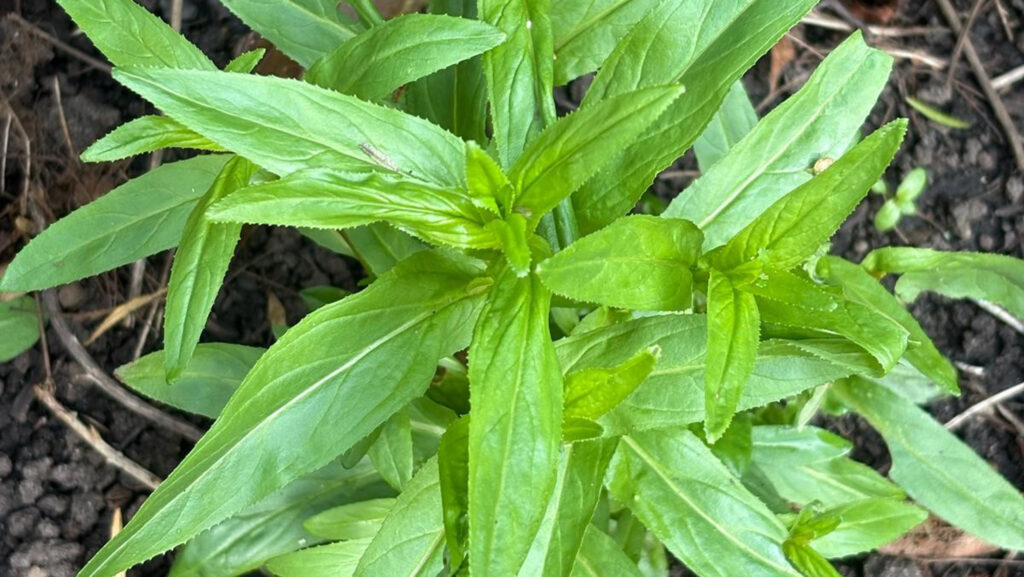Cereal growers urged to look out for willowherb this spring
 © FMC
© FMC Growers have been urged to watch out for willowherb and take steps to tackle the weed in cereal crops this spring.
Mathew Hutchings, senior commercial technical manager at FMC, says failure to address this issue early in the spring could result in costly yield losses at harvest.
See also: How to reduce the risk of glyphosate-resistant weeds
“Willowherb has become a more prevalent issue in recent years, most likely due to the shift towards minimal tillage or no-till methods,” he explains.
While these practices help soil structure, they also provide an environment where certain weeds, including willowherb, can thrive.
Mathew says the absence of deep soil cultivations allows perennial weeds such as willowherb to spread and establish roots deep in the soil.
“Changes to crop rotation patterns may have also caused the spike in willowherb being identified by agronomists,” he says.
“The lack of options for control in some crops, especially those that are less competitive, may allow willowherb to spread and become more prevalent.

© FMC
Managing willowherb
Mathew says the waxy coating on willowherb leaves acts as a natural barrier that can prevent some herbicides from being absorbed effectively by the plant.
He says this is particularly true when glyphosate is applied to the surface of the leaves, as the wax layer can repel the herbicide, reducing its ability to penetrate the plant tissues.
Mathew says the most effective way of tackling willowherb, and other broad-leaved weeds this spring, will be to use sulfonylurea herbicides with the active ingredients metsulfuron and tribenuron.
This will tackle the weed by quickly slowing down the rate of growth, before they become competitive.
“SUs have been a key component of the arable toolbox for 40 years and to this day they continue to prove themselves on farm,” he said.

